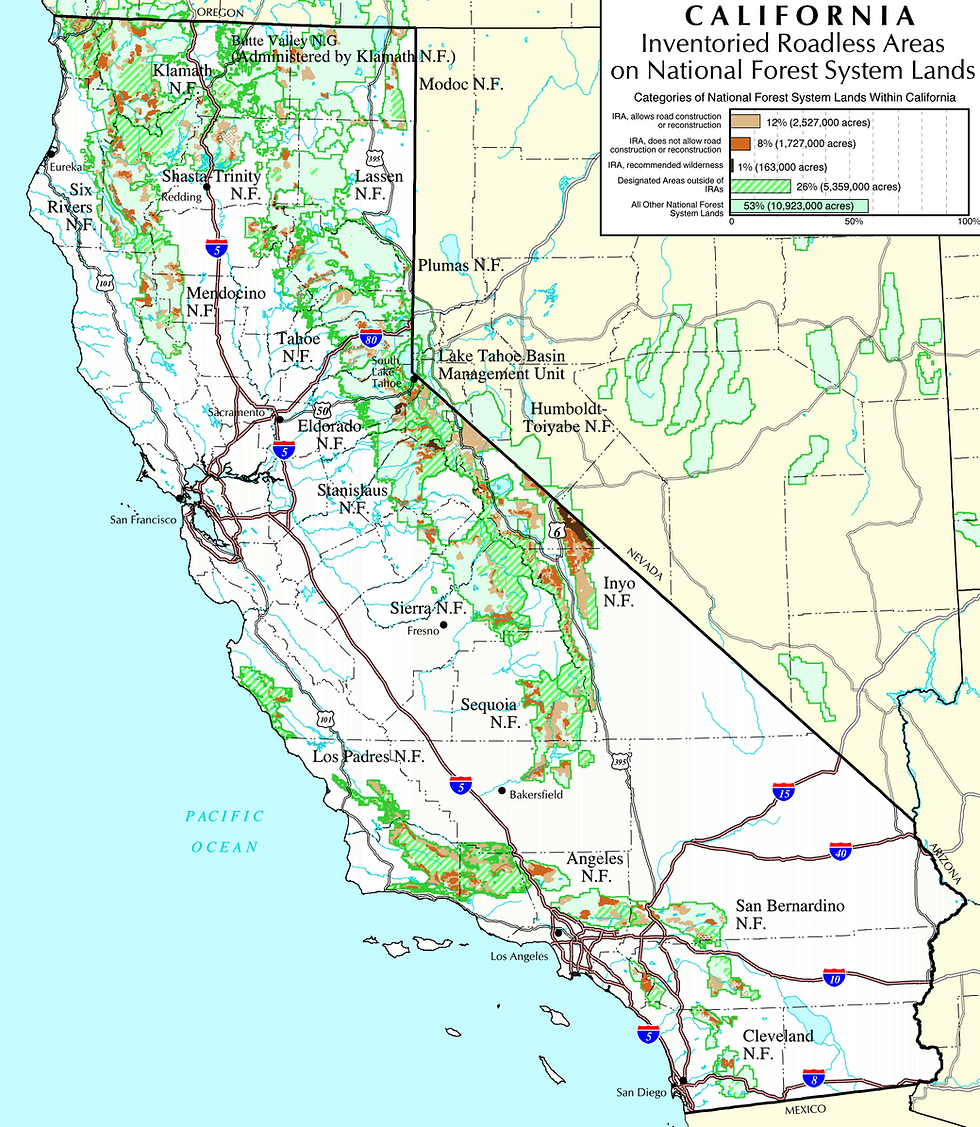Klamath-Siskiyou Pacific Fishers Denied Protections by US Fish and Wildlife Service
- May 19, 2020
- 2 min read
Updated: Aug 25, 2023

Photo by USFWS Pacific Southwest Region
After acknowledging in 2019 that Pacific Fishers are threatened with extinction by a combination of logging, rodenticide poison use by marijuana growers, climate change and forest fire the US Fish and Wildlife Service once again reversed course and denied protections for most Fishers while only listing a small subset of the species as threatened in the southern Sierra Mountain Range. Remnant fisher populations in southern Oregon and Northern California remain unprotected.
Conservation groups petitioned to list the Pacific fisher in 2000. In 2004, the U.S. Fish and Wildlife Service issued a rule finding that listing was warranted but did not finalize listing. Conservation groups sued in 2010 to force the Service to complete the listing process. Again, the Service proposed federal protection for the fisher in 2014, but then arbitrarily withdrew the proposal in 2016. Conservation organizations then filed suit alleging that the denial ignored the science in a politically motivated bow to the timber industry. As the result of today’s rule, the Service again put politics over science and ignored its own recommendations to protect Pacific fishers in the Klamath-Siskiyous.
A relative of minks and otters, Pacific fishers once roamed from British Columbia to Southern California. They have few natural predators, and are one of the only animals able to prey on porcupines. But due to intense logging and historical trapping, only two naturally occurring populations remain today: a population of 100 to 500 fisher in the southern Sierra Nevada and a population of between 250 and a few thousand in southern Oregon and Northern California. In a 2015 study, scientists conducting necropsies on fishers found that 85 percent had been exposed to rodent poison.
“Protection can’t come soon enough for the fisher because old-growth timber sales continue to whittle away habitat the species needs if it is to recover and thrive,” said George Sexton, conservation director for the Klamath Siskiyou Wildlands Center (KS Wild). “Southern Oregon should be a key refuge for the fisher, yet the Fish and Wildlife Service refuses to protect this population at the same time that the BLM is ramping up clearcutting of Fisher habitat.”
“Saving fishers will require better habitat protections,” said Tom Wheeler, executive director of the Environmental Protection Information Center. “We both need to maintain more old, large trees and snags and make sure our forests are free from rodenticides. Over 85% of fishers have tested positive for rodenticide exposure. Fishers are our indicator that something is deeply wrong in California’s forests. The Service has thrown the needs of the fisher under the bus by ignoring the needs of the southern Oregon and northern California population.”





Comments